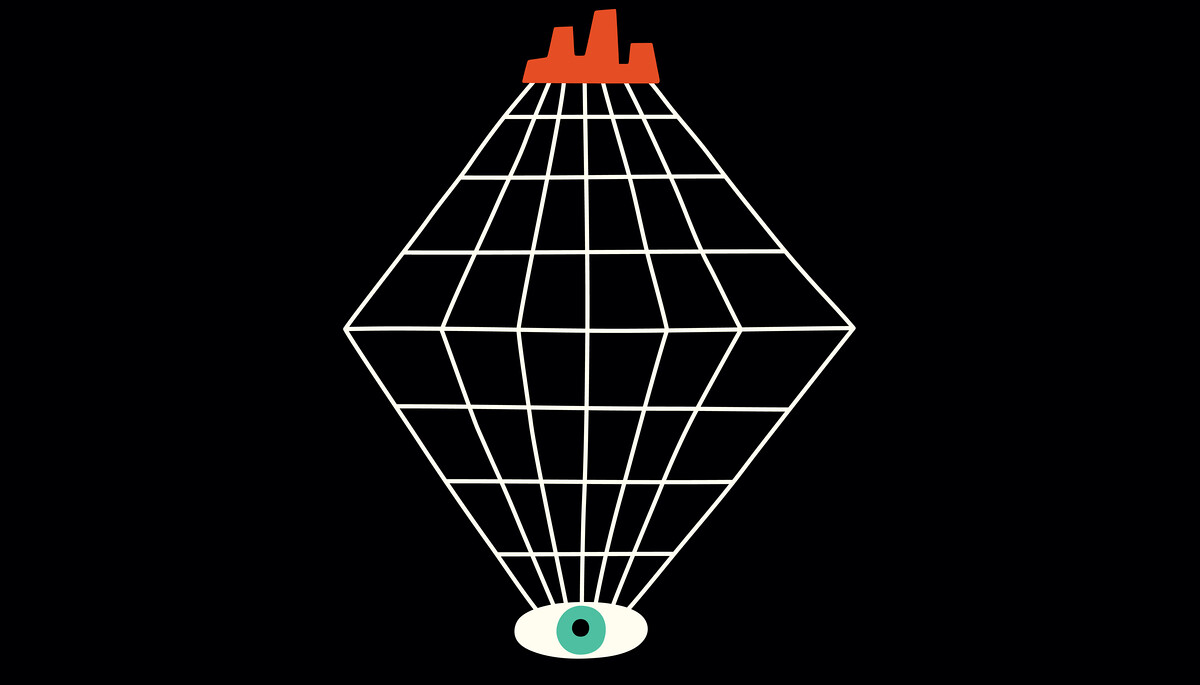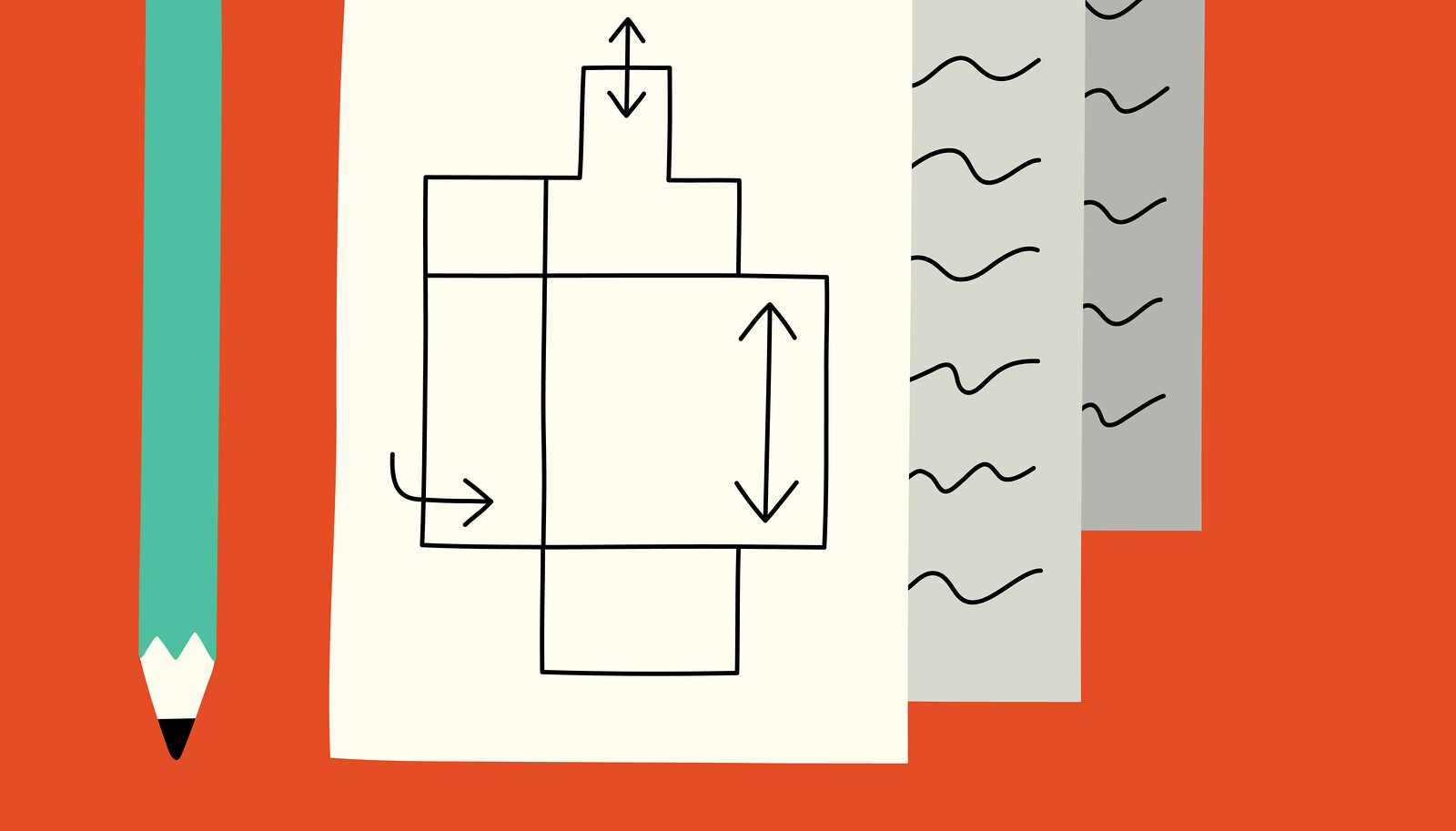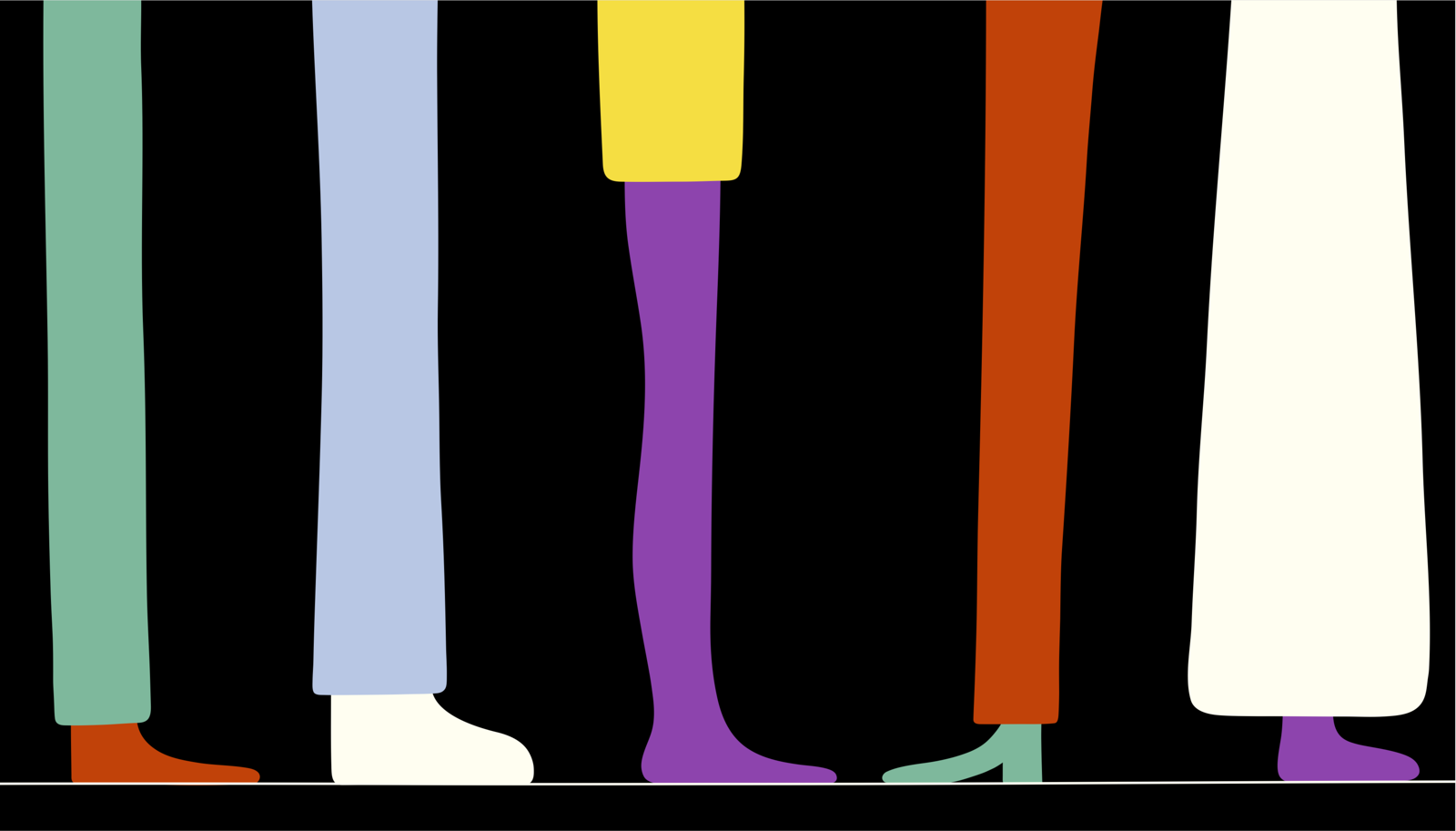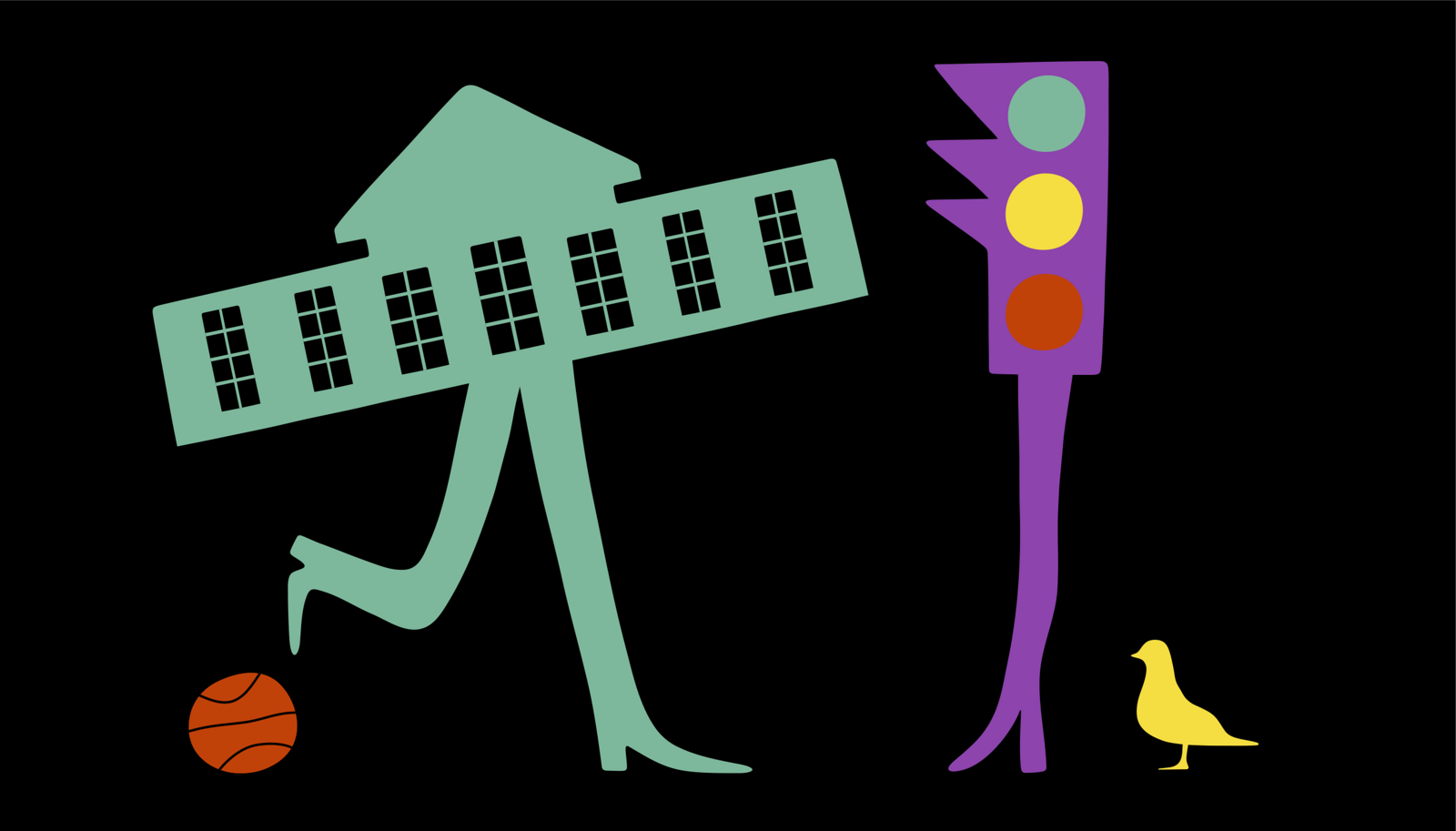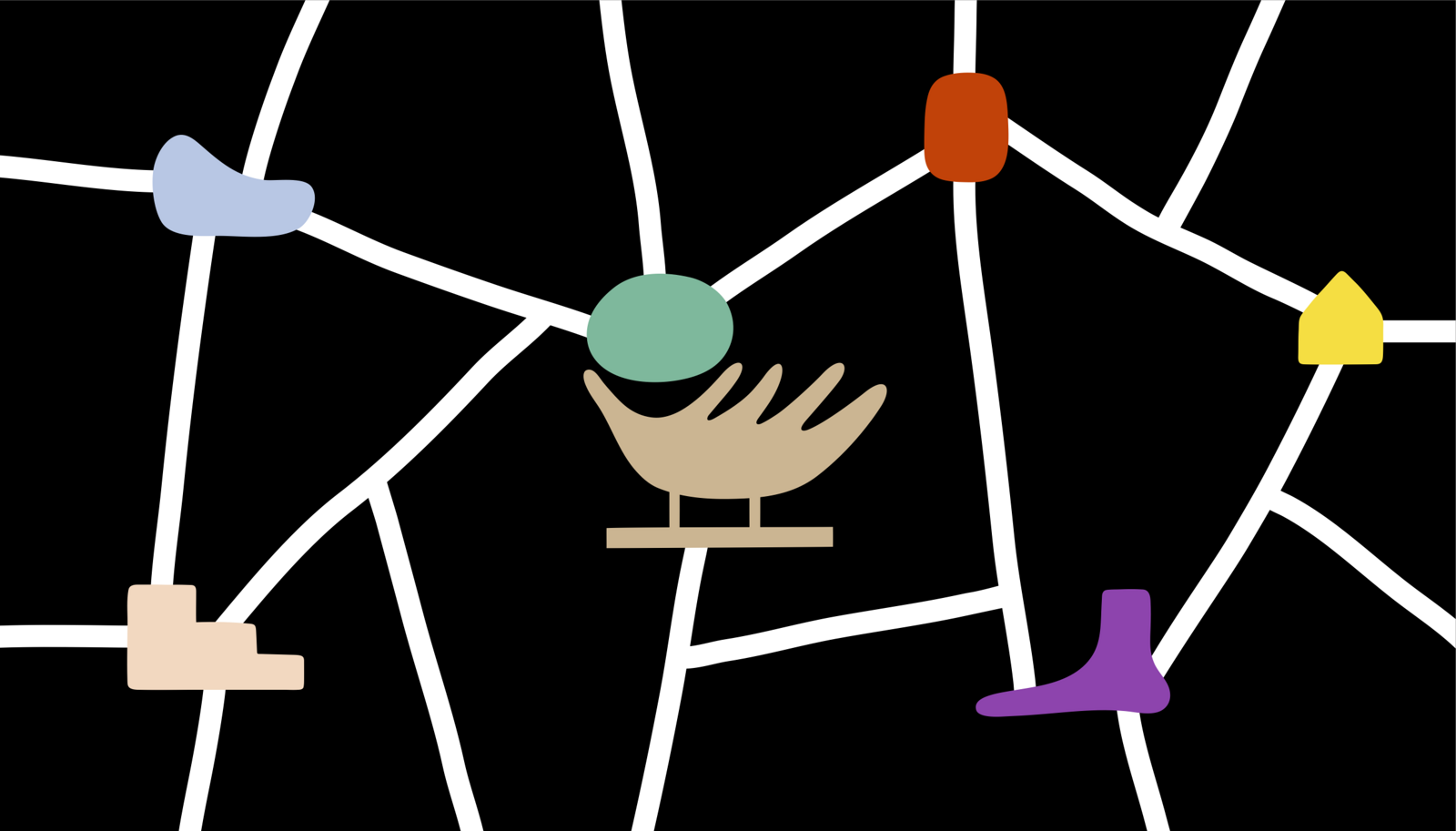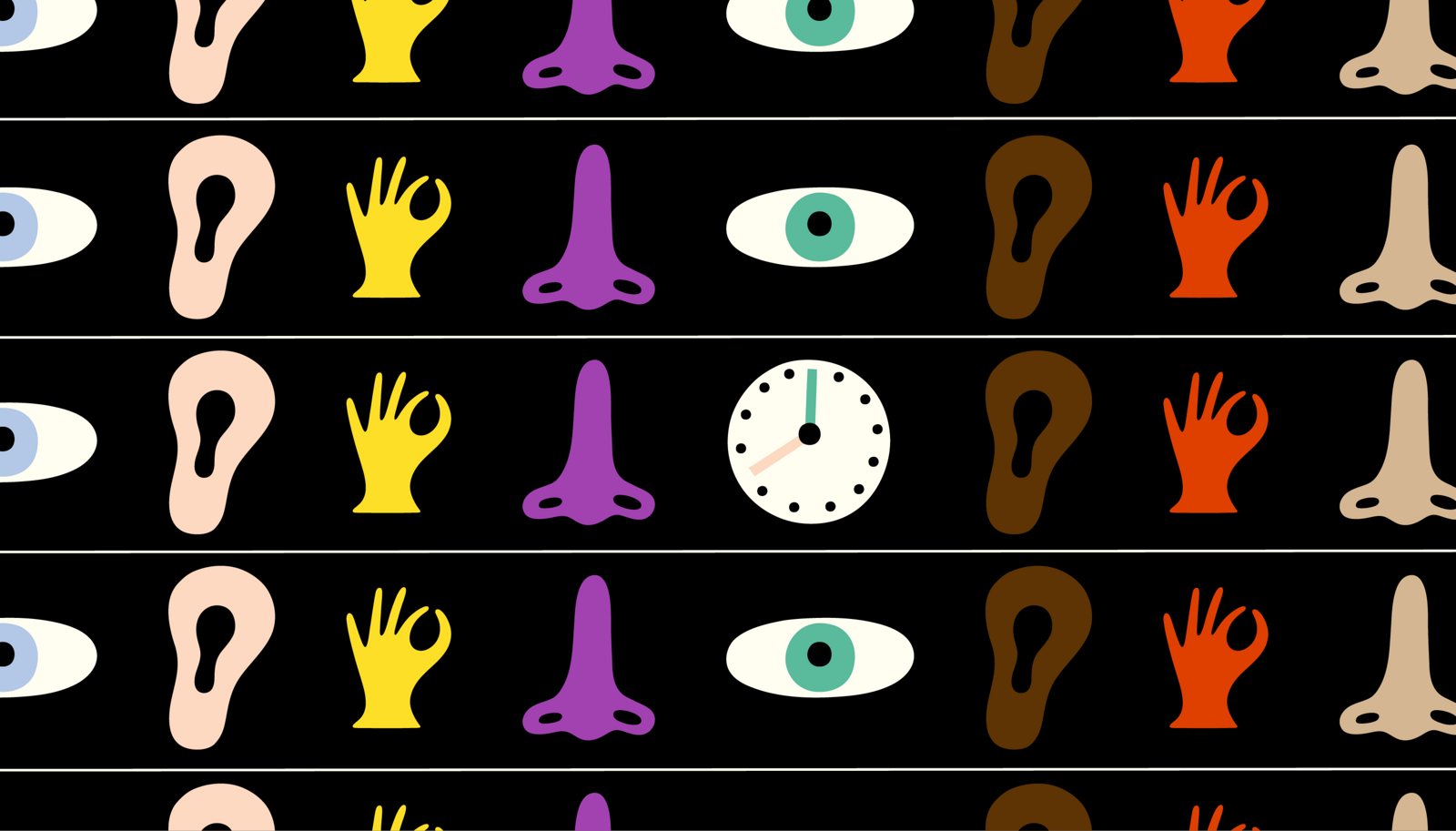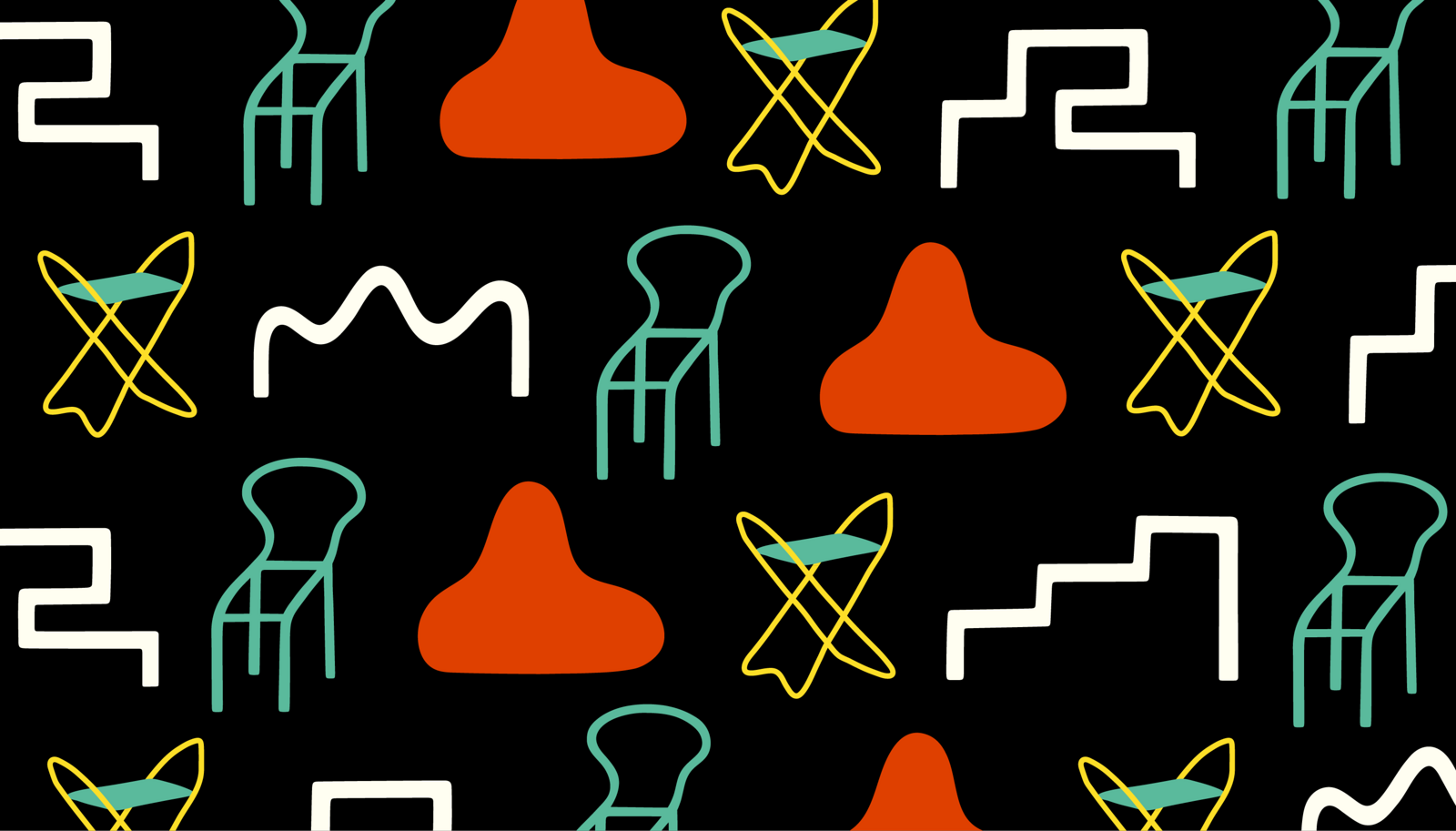The horizon is present in every exhibition. Most times it is simply an afterthought, a subliminal line that follows the viewer through the gallery, and then fades into the rear-view mirror on their drive home. When noticed, it appears as one of the following:
A. The skirting below the white walls of the gallery, or where the floor meets the wall at a tidy line (concrete to painted plywood), or a cove of some sort.
B. The window or opening out to the street. The window breaks the flatness that interior spaces enforce on perception; they extend the horizon line out beyond the space of the gallery wall to wherever the viewer’s eye terminates. If the gallery looks across an impressive vista then this is the actual horizon, a landscape rather than elevation. Most times, however, the horizon is occluded by passing cars, and only the foreshortening of buildings across the street indicates there is a horizon beyond.
C. The ground plane defined by exhibition materials, like models on their constructed plinth. Or the horizon as defined by photographs arrayed in a row—maintaining a single, if shifting, horizon line from image to image or drawing to drawing.
D. A deliberate datum created by an exhibitor in the work or space in order to shift where the horizon(s) sits.
The horizon is the first participant in an exhibition space. While it can be implied, even when not designed it defines the relationship between the viewer and objects in space. It is the initial visual path that sets a visitor on their trajectory through the show. In the attention economy of the modern exhibition, the horizon is what defines what is seen, what is given priority and—as attention may wander—what the viewer walks past. This is particularly true in architectural exhibitions, where the horizon is immediately defined by the conventions of architectural drawings, and how exhibition materials construct architectural space.
The horizon is the first indicator of where one’s eyes rest. It defines someone’s subjectivity in relation to the contents, the scale, and the temporal setting of the show. Where the horizon is placed changes the viewer’s vantage point, and in term brings into question their relationship to the exhibition materials. A model placed at eye level allows a building to be experienced almost as a pedestrian would, while a model placed on the ground implies a more urban or larger scale notion of the city. A model of a city or islands on the floor offers a position of authority, promising a bold future or a reliable investment. In the case of large master plans or government initiatives this vantage point is often an affirmation of a developer, political party or individual’s bid for power, sharing with the exhibition-goer that moment of authority, and convincing them of their ability to manifest the vision into reality.
The horizon is the architect’s line. As opposed to art exhibitions, where the object tends to exist autonomously from its context, or a photography show where the horizon is immediately displayed, in an architectural exhibition the horizon is not a given condition. Instead, it’s manipulated by the tools available to architects. Their spatial vocabulary when designing an exhibition, curating, or contributing materials to a group show (landscape models, photographs, orthographic drawings, for example) means that an architect almost always begins an exhibition in dialogue with a horizon, even if this discourse is unintended.
The following case studies illustrate some examples of altering the horizon within an architectural/exhibition space:
The Japanese House at the Barbican, offered a 1:1 scale recreation of Kazuo Shinohara’s structural columns in his House in Uehara, coupled with large format photographs of interiors of the architect’s other projects. The presence of the structure within the space disrupts the horizon depicted in the images. Visitors oscillate between scales of habitation within the gallery setting – inhabiting the space of the Uehara house living room, while simultaneously projecting into other rooms, other landscapes, and other vistas from Shinohara’s oeuvre. The Uehara house column is placed in dialogue with Tanikawa house, and the images open out like windows or doors to the other project. However, the images also place the viewer both directly on and above the ground – displacing the column in the physical room and thus the viewer between being on the ground and in the rafters.
John Baldessari’s BRICK BLDG, LG WINDOWS W/XLENT VIEWS, PARTIALLY FURNISHED, RENOWNED ARCHITECT (2009) purposefully blocked out the windows of Mies van der Rohe’s Kunstmuseen Krefeld in Germany. Baldessari negated the building’s relationship to its surroundings and the composed vistas of Mies’s design, replacing them instead with different photographs of California. These became portals to alternate contexts and horizons. Balderssari’s reimagining of the Mies, and the notion of the ‘view’ in modern architecture, is the site of intervention and subject of the artwork.
The Belgian Pavilion at the 2021 Biennale di Venezia, entitled Composite Presence and curated by Dirk Somers, featured “models [that] are laid out at table height and represent a linear, winding landscape of a typical Flemish urban environment.” Walking amongst the plinths, the visitor experienced an altered datum, where a speedy walk through the exhibition becomes an amplified stroll through an urban environment.
Pierre Huyghe’s Nympheas Transplant (2014) was a recreation of Claude Monet’s gardens at Giverny, as aquaria. The artist reproduced the ponds, the specific lighting conditions, and the ecosystem that existed below the horizon of Monet’s lily paintings. In the exhibition, the viewer experienced the world beneath the surface of the painting – the world both beneath the horizon of the water and behind the frame of the painting, inhabiting the undercroft or back of house condition of an artwork.
Rachel Whiteread’s EMBANKMENT (2005) at the Tate Modern created an installation of thousands of translucent polyethylene containers that took over the space of the Turbine Hall. Stacked upon one another and climbing up on the sides of the walls of the gallery space, a distinct landscape of sugar cube-like towers places the horizon slightly above head height, creating a topography of scaled gorges. The viewer experiences a worm’s-eye perspective that draws their attention upwards, looking through the voxel geology –in an attempt to situate themselves within the hall.
For Robert Smithson, the viewer is both above and on the horizon line. Both Spiral Jetty (1970) and Amarillo Ramp (1973) allow a view of the work from above, almost in plan, before descending the hill or escarpment to occupy the installation in elevation. However, in Smithson’s mirror series, the perspectival limit is not where the floor meets the wall, but where the glass meets the natural material, reproducing it and extending into an implied space, an infinite plane within the mirror itself. The horizon disappears once again, but the joint line is also a reminder that the horizon is both the infinite vanishing point as well as where occupied space ends and imaginary space begins. As in the case with Andrea Branzi’s infinite models, the glass is where the case study or the prototype extends into the generic condition. It is the surface where a non-site slips beyond the space of the gallery into the real world, reconnecting to the location from which it was removed.
In Norman Bel Geddes’s War Maneuver Models (1944), the visitor observes from an elevated catwalk models of islands in the Pacific: a perspective made available through the eyes of American pilots that had partaken in ‘The Battle of the Coral Sea’ against the Japanese Empire in WWII. The models were kept active with constant updates and changes, matching the developments of the war, while the vantage point also kept viewers distant from the actual violence of the war, viewing events objectively rather than experience the violence viscerally. The exhibition was a new form of experiential reporting through the format of a gallery space that manipulated scale, and positionality, offered an omniscient perspective to those who had not experienced the frontlines of war.
*
The horizon is ubiquitous. It is ever present. Even when obscured or abandoned it is there, as a construction detail, or in the window to the outside. Its existence is both physical/literal or implied/metaphorical. As an element it could simply be where the gallery terminates and the world beyond begins, or where a proposal ends and the physical world awaits its instantiation. When designed, the horizon implies that beyond the gallery walls the exhibition continues, infinitely, toward the actual horizon—reproduced ad infinitum, as far as the eye can see. The horizon is the vehicle for achieving what the exhibition intent may be, activating the contents of the show as possibilities for the landscape beyond.
Solicited: Proposals is a project initiated by ArkDes and e-flux Architecture.
Category
Illustrations by Maryam AlNoami, Maryam Ajoor, and Fatema Fathalla.
